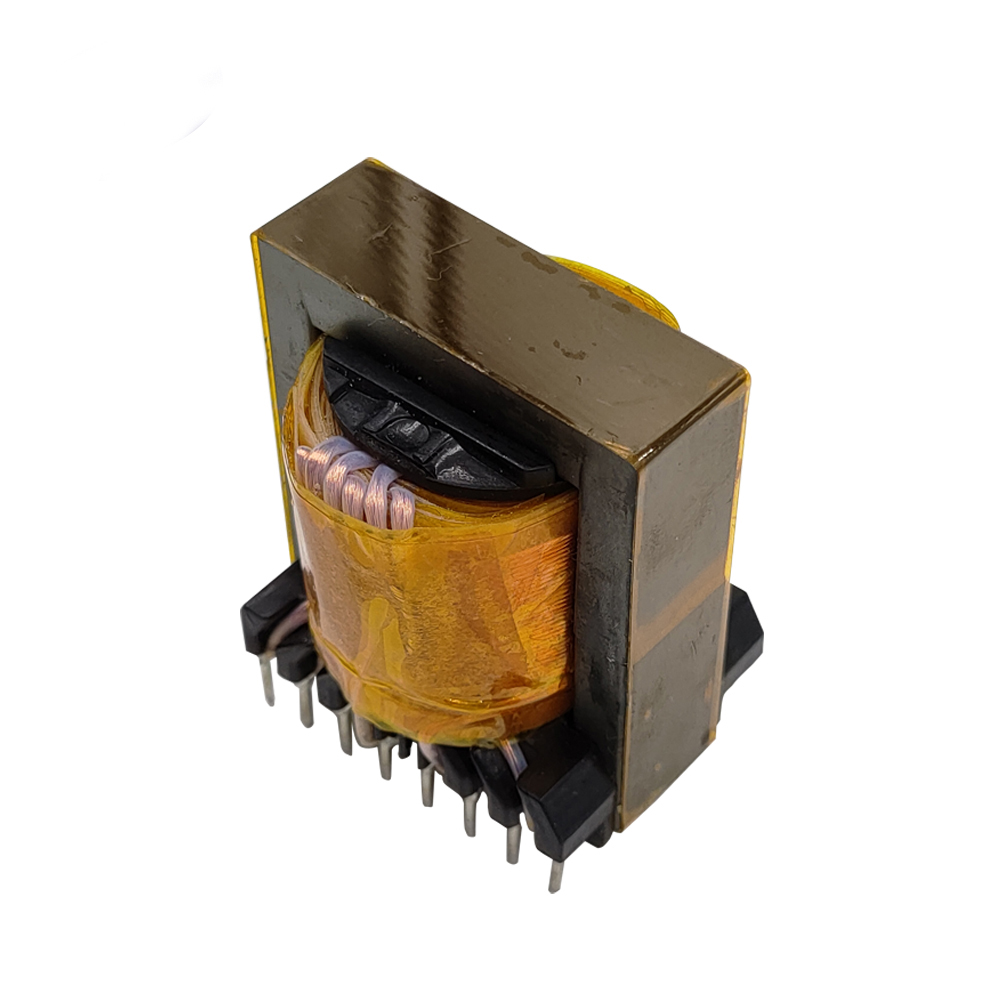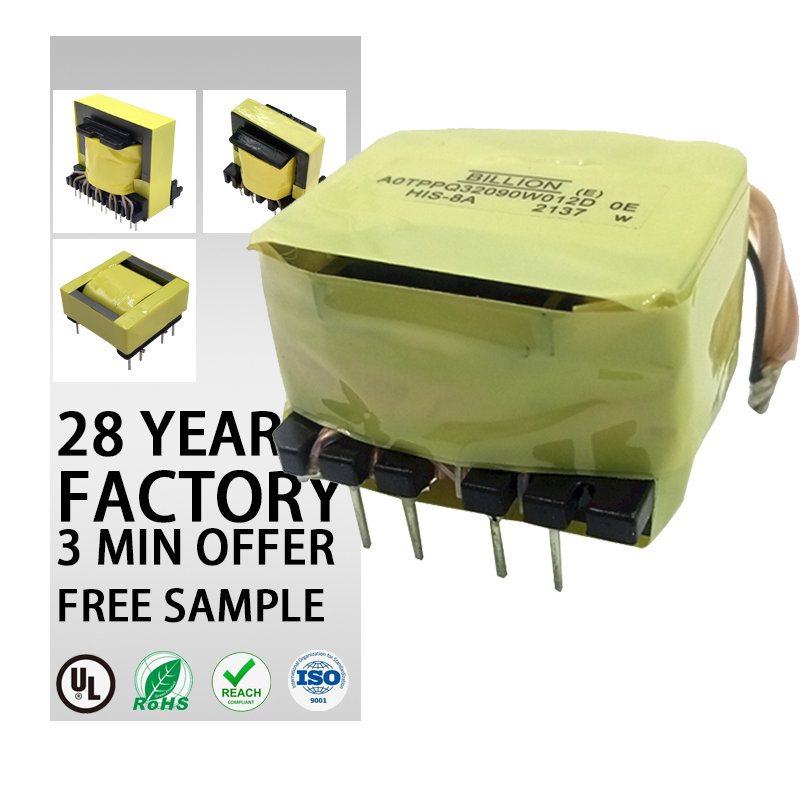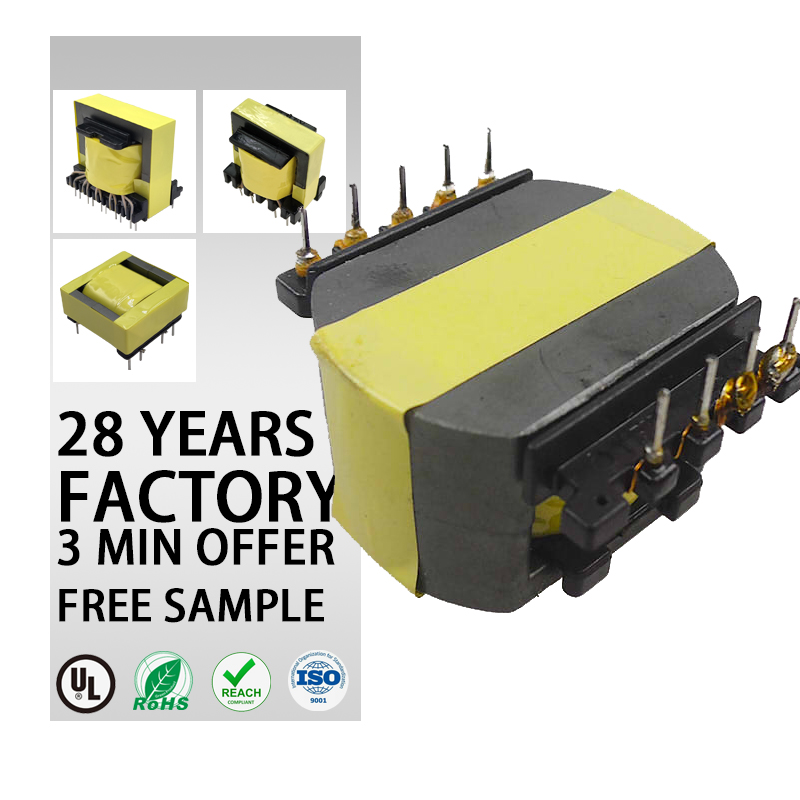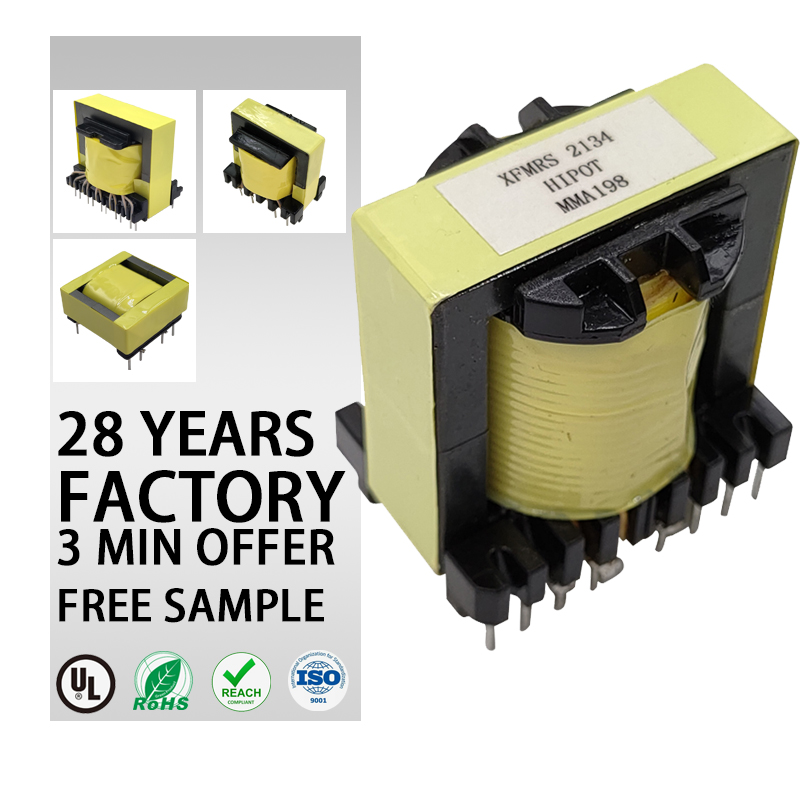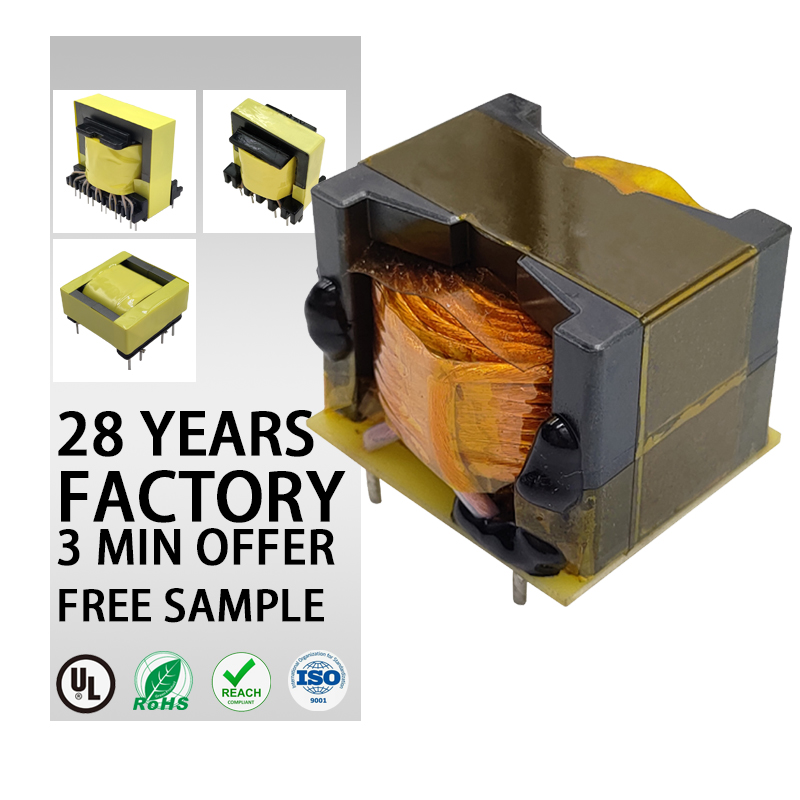What is the difference between low frequency and high-frequency transformer?
2024-06-04
The main differences between low-frequency and high-frequency transformers lie in their design, construction, and applications due to the differing characteristics of the frequencies they handle. Here are some key differences:
Core Material:
-
Low-Frequency Transformers:
- Typically use laminated iron or silicon steel cores to minimize eddy current losses and hysteresis losses at low frequencies (e.g., 50/60 Hz, common in power applications).
-
High-Frequency Transformers:
- Often use ferrite cores, which have lower eddy current losses at high frequencies (e.g., above 20 kHz, common in switching power supplies and RF applications).
Core Size and Weight:
-
Low-Frequency Transformers:
- Tend to be larger and heavier due to the need for more core material and larger windings to handle lower frequencies effectively.
-
High-Frequency Transformers:
- Smaller and lighter because higher frequencies require less core material and smaller windings.
Winding Design:
-
Low-Frequency Transformers:
- Use thicker wire to handle higher currents and minimize resistive losses.
-
High-Frequency Transformers:
- Often use thinner wire, litz wire, or even foil windings to reduce skin effect losses and proximity effect losses, which become significant at high frequencies.
Insulation and Spacing:
-
Low-Frequency Transformers:
- Require more robust insulation to handle higher voltage applications commonly associated with power transmission and distribution.
-
High-Frequency Transformers:
- Require careful insulation and spacing techniques to manage high-frequency effects and potential for higher transient voltages.
Efficiency and Losses:
-
Low-Frequency Transformers:
- Losses are mainly due to hysteresis and eddy currents in the core, and resistive losses in the windings.
-
High-Frequency Transformers:
- Losses are more influenced by skin effect, proximity effect, and higher core losses at elevated frequencies, necessitating specialized materials and design techniques to minimize these effects.
Applications:
-
Low-Frequency Transformers:
- Used in power supply distribution, isolation transformers, and audio frequency applications.
-
High-Frequency Transformers:
- Used in switching power supplies, RF applications, high-frequency inverters, and signal transformers.
Operating Principles:
-
Low-Frequency Transformers:
- Typically operate at mains frequencies (50/60 Hz), where the magnetic flux in the core changes slowly.
-
High-Frequency Transformers:
- Operate at much higher frequencies, where the magnetic flux in the core changes rapidly, necessitating materials and designs that can handle rapid flux changes efficiently.
Understanding these differences helps in selecting the appropriate transformer type for a given application, ensuring efficiency and reliability in performance.
E-MAIL: pxsales3@goldeneagle-cn.com
Phone: +86-18979985376
NAME: JUDY

